 (modifié de Coste, Flore de la France 1937) :
(modifié de Coste, Flore de la France 1937) :
[Différences de la sous-espèce en rouge] Plante vivace de 10-35 cm, glabre, à tubercules globuleux ou ovale.
Écologie : (répartition d'après la flore) Lieux secs et herbeux, surtout calcaires, dans presque toute la France et en Corse.
Répartition hors de France : Europe centrale et méridionale ; Algérie.
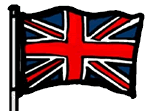 (modified from Butcher, British Flora 1961):
(modified from Butcher, British Flora 1961):
NOTE: the French text is more complete and up-to-date
A rather slender perennial with a single flowering scape 10-30 cm tall, growing erect from an ovoid, solid and a second, withered tuber.
Ecology UK: (distribution according to flora) It grows in calcareous grassland and field borders in the S. and S.E. region of England and in Denbigh, [on the marl dug from developing the Channel Tunnel by Dover; 61 plants in 1998, and 9000 by 2004; but elsewhere it is rare and declining] Come to the Cévennes, where it can be readily found
France:
Distribution outside France: ?
Fleurs : moyennes, 2-8 en épi très lâche ; divisions extérieures d'un vert pâle, ovales-oblongues, étalées en croix les 2 intérieures linéaires-obtuses, ondulées, glabres; [sépales le plus souvent vertes ; labelle 9-14 mm] obovale, entier ou émarginé, [plus longue et plus large que les sépales], non apiculé, velouté, brun pourpre, à la fin jaunâtre, marqué vers le centre de 2-4 raies symétriques glabres et bleuâtres, muni ou non à la base de 2 gibbosités générallement bien marquées]; gynostème à bec court, droit, obtus
Floraison France : [Avril à mai]
Flowers: 22 mm long, 20 mm wide, about 4-6 in a lax, elongated raceme, subtended by a lanceolate bract as long as flower; outer perianth segments yellow-brown lanceolate, inner shorter, greenish-yellow, oblong-obtuse, undulate; lip convex, purple-brown, velvety, sub-orbicular, with small lateral protuberances and a terminal appendage; apex of lip often lobed, terminal appendage usually absent; apex of stamen strongly incurved;
Flowering UK: Early April-late May.
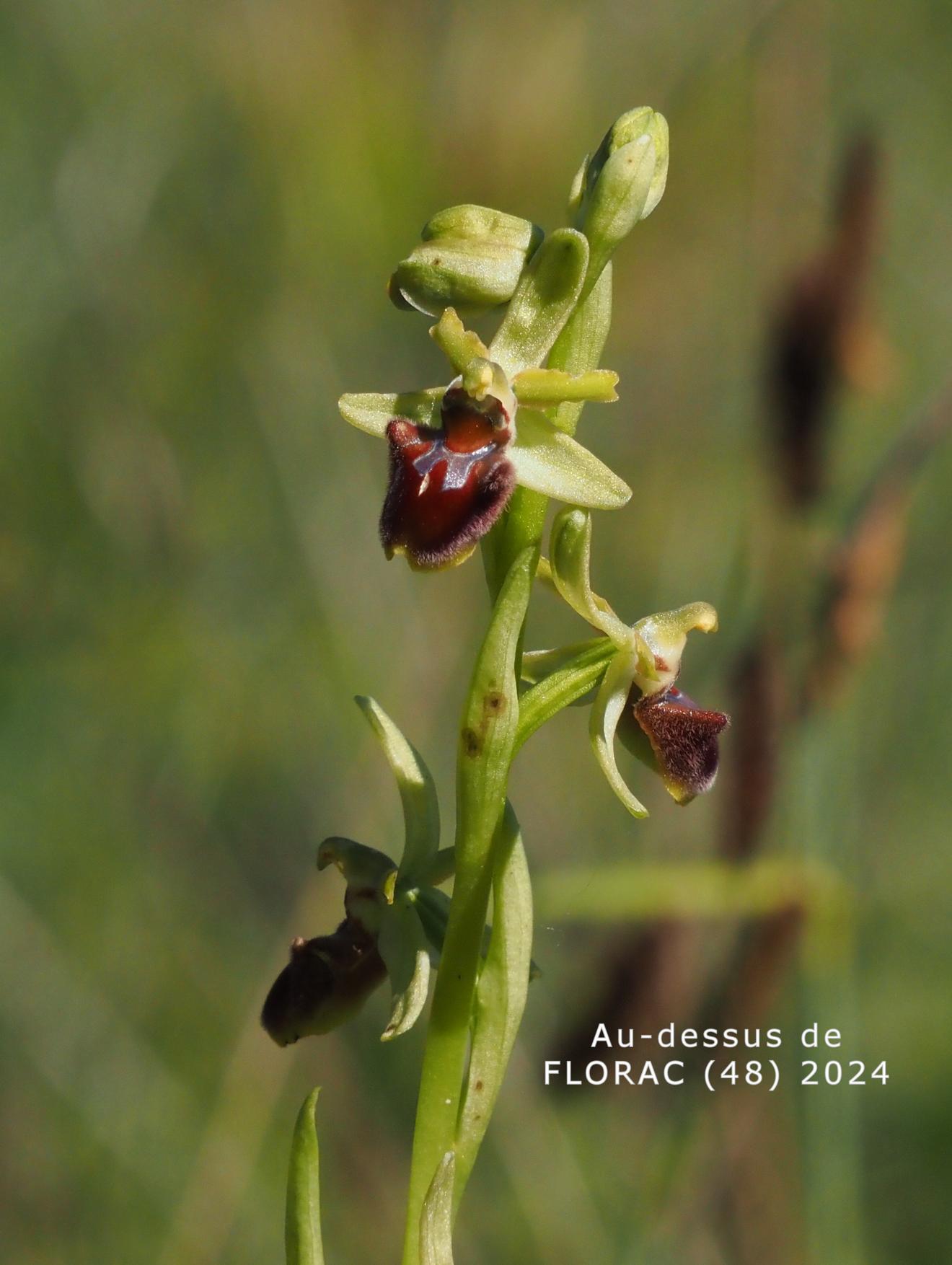
 Orchid, Early Spider
Orchid, Early Spider
 Ophrys araignée
Ophrys araignée
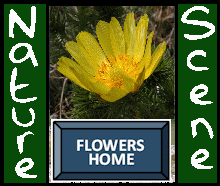


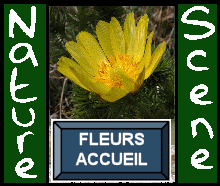
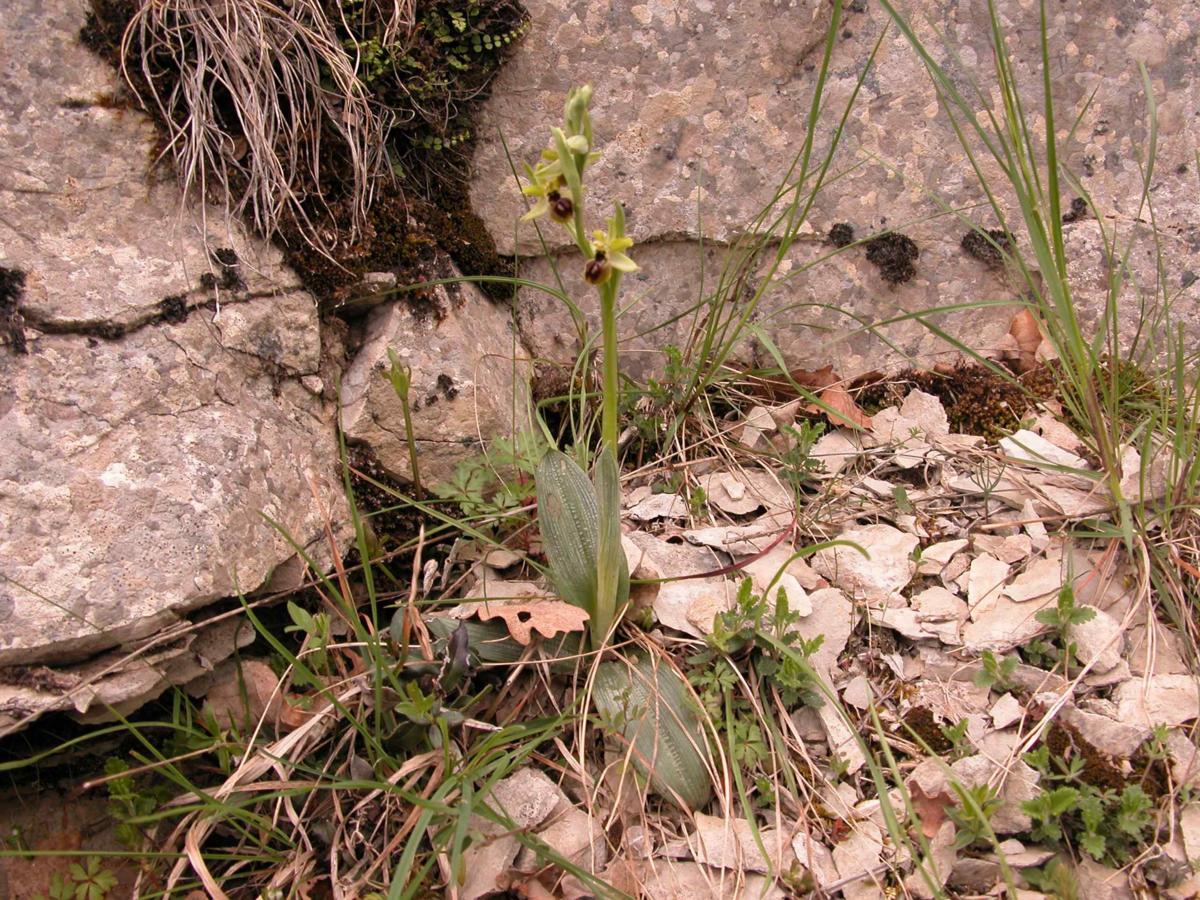
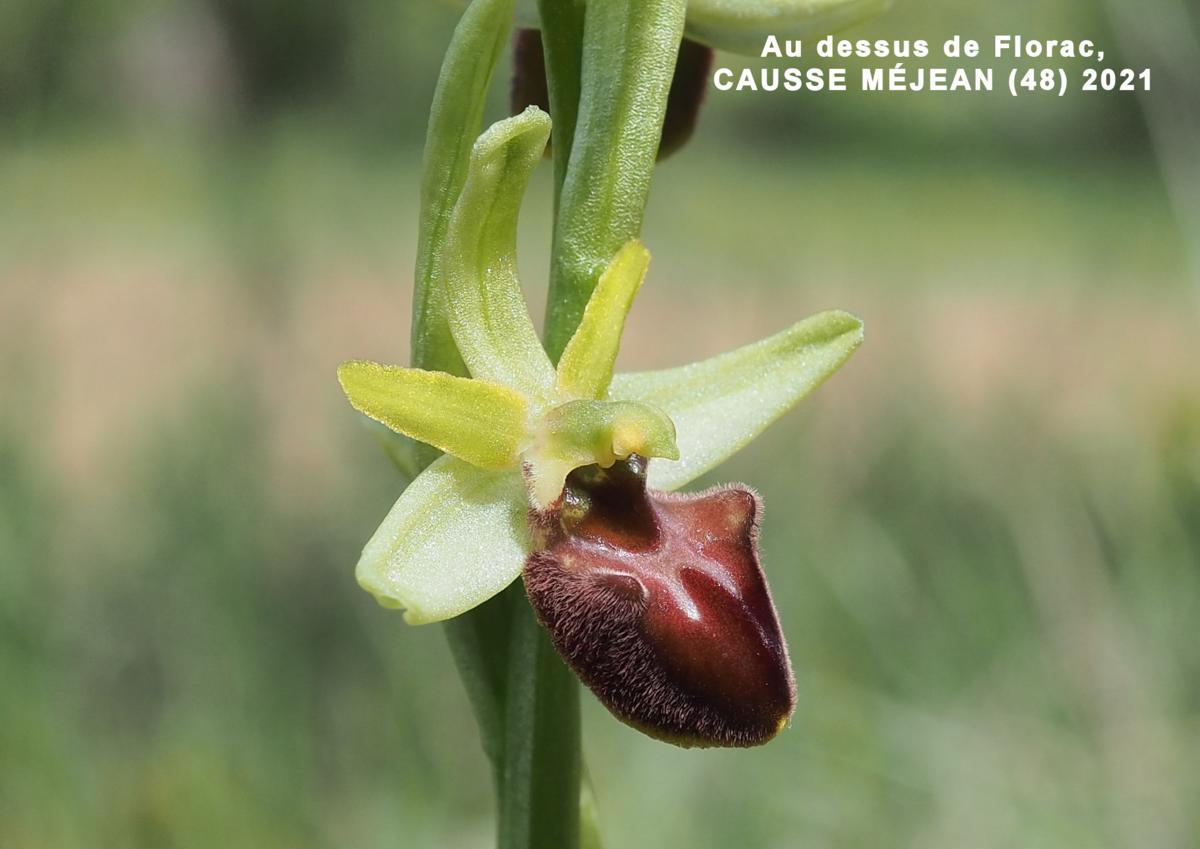
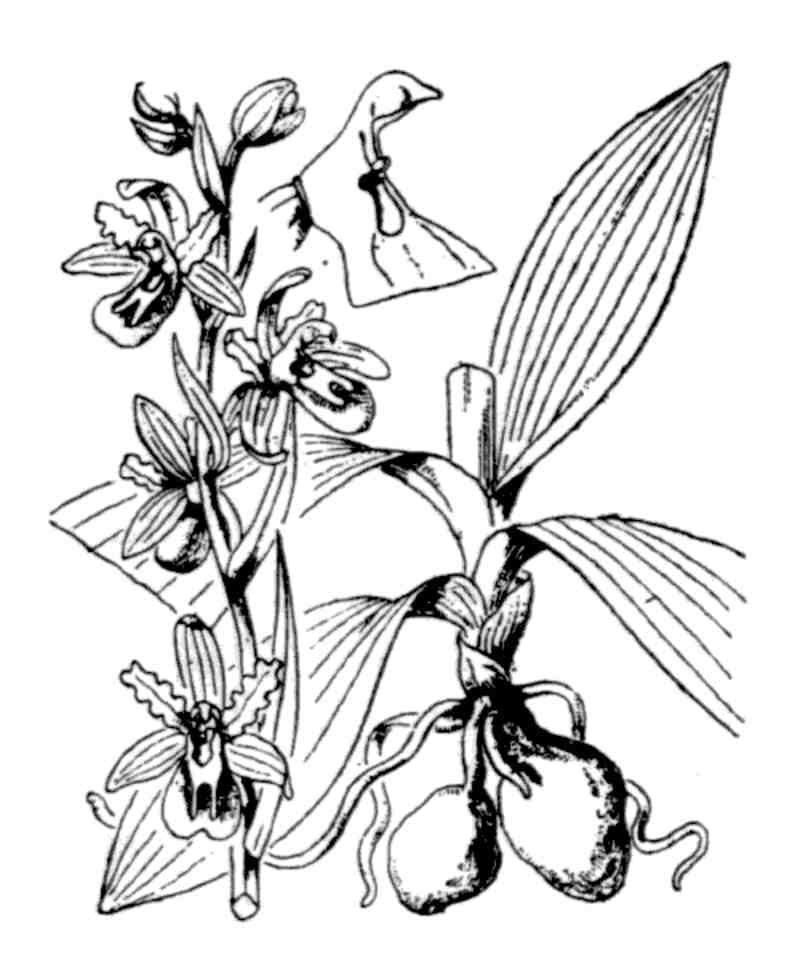
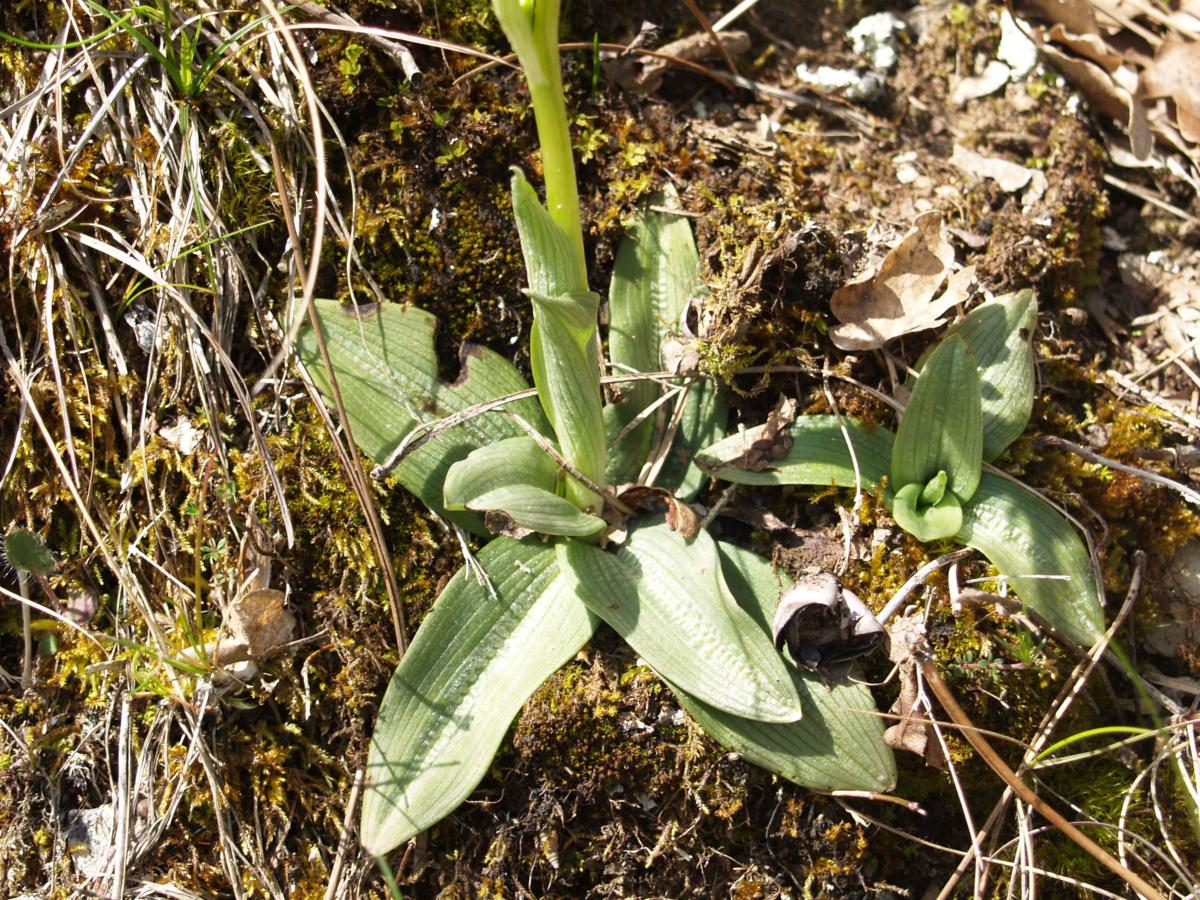
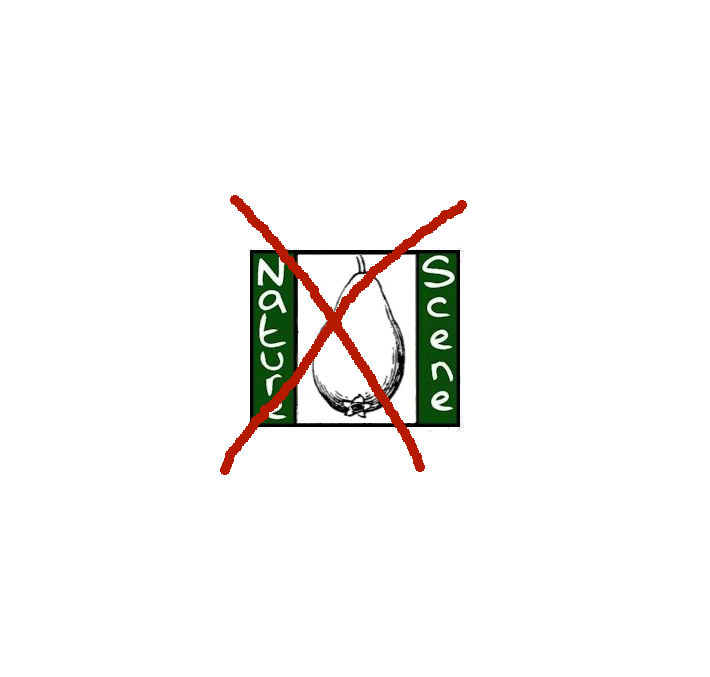
 Please
consider
Please
consider 











